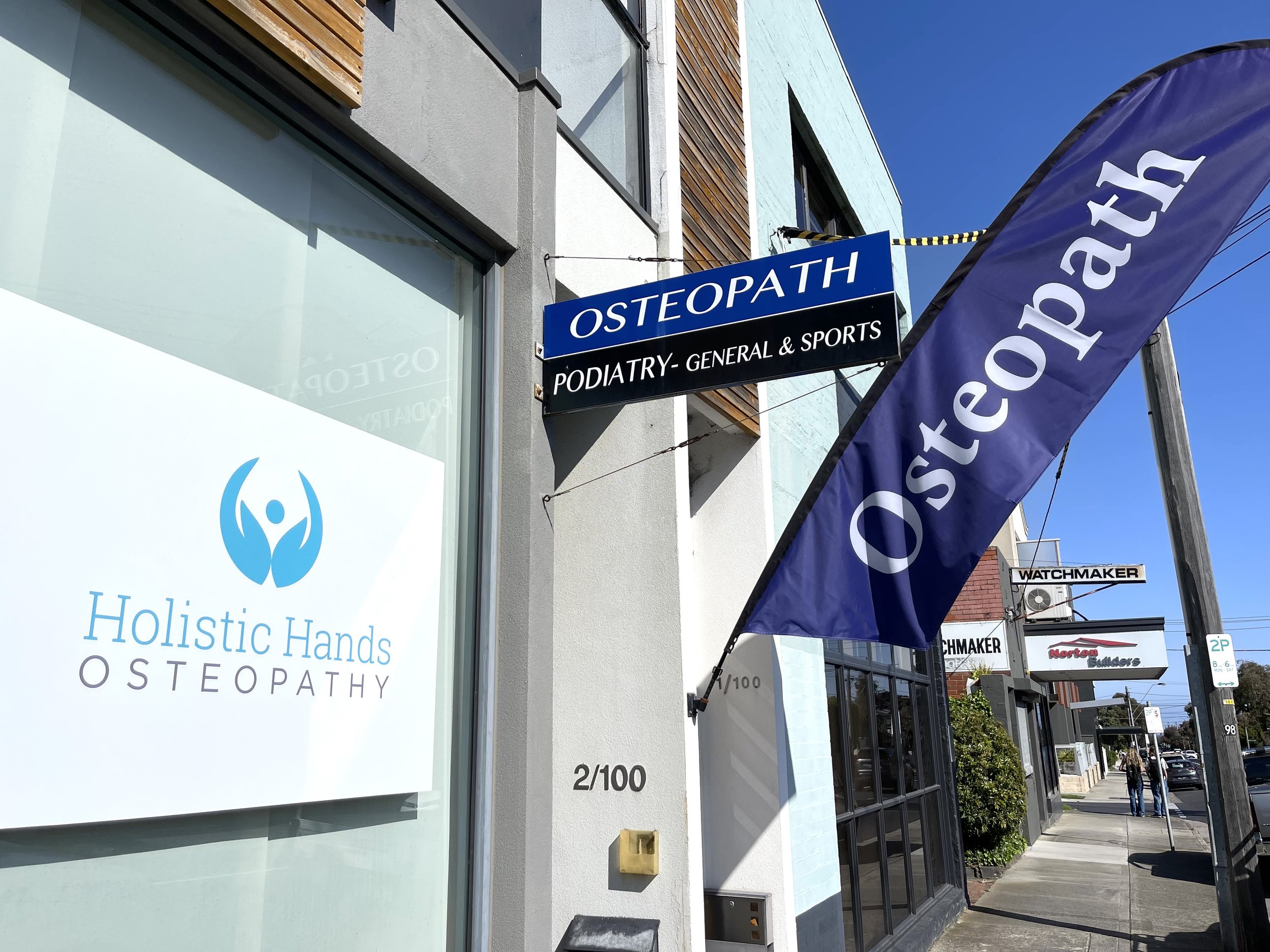
Are you 1 in 6 Aussies complaining of this condition?
It is estimated that 1 in 6 Aussies will experience back pain each year – making it quite a common condition to see in practice! With experience I’ve gained in practice, I have prepared some of my top tips to help with managing back pain should it arise.
Pain in the... back?
Talk stats -
It is estimated that 70–90% of people will suffer from lower back pain in some form at some point in their lives, and 1 in 6 Aussies will experience back pain each year
This makes it quite a common condition to see in practice!
It is important to understand that pain is the body’s protective mechanism, and that we can still move without fear of causing tissue damage. With experience I’ve gained in practice, I have prepared some of my top tips to help with managing back pain should it arise:
Keep your body moving!
It can be all too easy to slump on the couch in an attempt to “rest” and ease your back pain, however according to research, movement is one of the most effective ways to minimise your pain! So try and get yourself upright and walking around! Your Osteopath can help prescribe exercise that is both safe and beneficial for you, to help keep your joints moving and muscles relaxed.
Early treatment intervention
In other words, get yourself checked out by your Osteopath sooner rather than later! We can assist in decreasing your recovery time, getting you back to moving pain free and doing what you love – sooner! Interventions can include gentle mobilisation, soft tissue work, muscle energy techniques and devising strategies and modifications to allow you continue doing your daily activities with comfort.
Prevention is better the cure
Work with your Osteopath to address your weak areas that are impacting your back pain. Tackling these areas with an appropriate treatment, management and exercise plan will assist in preventing future bouts of back pain.
Avoid heavy lifting
It goes without saying that heavy lifting (often coupled with poor lifting technique) is an aggravating factor for back pain as it creates extra stress and inflammation to already unhappy tissues. Your Osteopath will take you through proper lifting techniques to avoid re-aggravation.
Heat packs!
For more chronic back injuries, heat packs are great to use over the lower back to help relax sore and achy muscles.
Read this interesting article put by the ABC here…
If you have any questions about how we can help you, give us a call! 0439 379 847
Foam Rolling: What's All the Hype?
Foam Rolling is a great tool for releasing through tight muscles and assisting in the recovery of the body, benefiting a wide range of conditions.
This easy to follow guide to foam rolling provides some of my top tips for those who are beginners to foam rolling.
A Beginners Guide
Self-Myofascial Release, more commonly known as Foam Rolling, is becoming a familiar everyday practice for people of all ages and fitness levels. It utilises a range of well-designed and affordable products to “release” muscle tightness or trigger points, and release through fascia.
Fascia is like an elastic cling wrap which attaches to the muscles, bones and ligaments to provide support throughout the whole body. However it can become restricted and stiff, sometimes causing pain, due to life style factors, intense exercise, postural and movement patterns.
The purpose of foam rolling is to assist the body, it's fascia and muscles, to return to normal function and assist in the recovery, so the body is able to perform to the best of its ability, benefiting a wide range of conditions.
Nobody, athlete or otherwise, wants to put up with pain, restriction and suboptimal performance. Unfortunately stretching alone often doesn't release through tight fascia. So with the help of not only foam rollers but also massage balls, lacrosse balls and other various tools, one can release through the fascia and muscles by applying pressure to various parts of the body.
When should you foam roll?
To get the most benefit, foam rolling is best done on a regular basis. The more you do it, the less painful it will be. For those who exercise frequently, it should be done daily, pre and post exercise.
Using it gently it for 5 minutes pre-exercise will assist in warming up the muscles and improving mobility through the joint. After your session is when you can go harder and get deeper into the tissues. If you don’t have time immediately after your session to roll, just ensure you do it before you go to bed that evening.
How long should you foam roll for?
The most efficient way to foam roll is by focusing on one muscle group at a time. Studies have shown that between 2-5 minutes of rolling a muscle group is when you will get the most benefit.
Instead of rolling over the entire muscle, roll over one area of the muscle that feels tight, until you feel it has released and then move to the next area of tightness. Don’t forget to breathe!
There are so many types of rollers! Which do I choose?
It’s always best to invest in a good quality roller as this will provide you with the longest life. For beginners, start with smooth roller (you may be familiar with the blue roller) and then once your muscles have become accustomed to it and you feel like it’s not providing you with enough pressure, you can upgrade to a firmer one (usually black) or ones with spikes or grooves.
If you have any questions about recovery techniques, gives us a call and we can assist you in achieving your goals!


